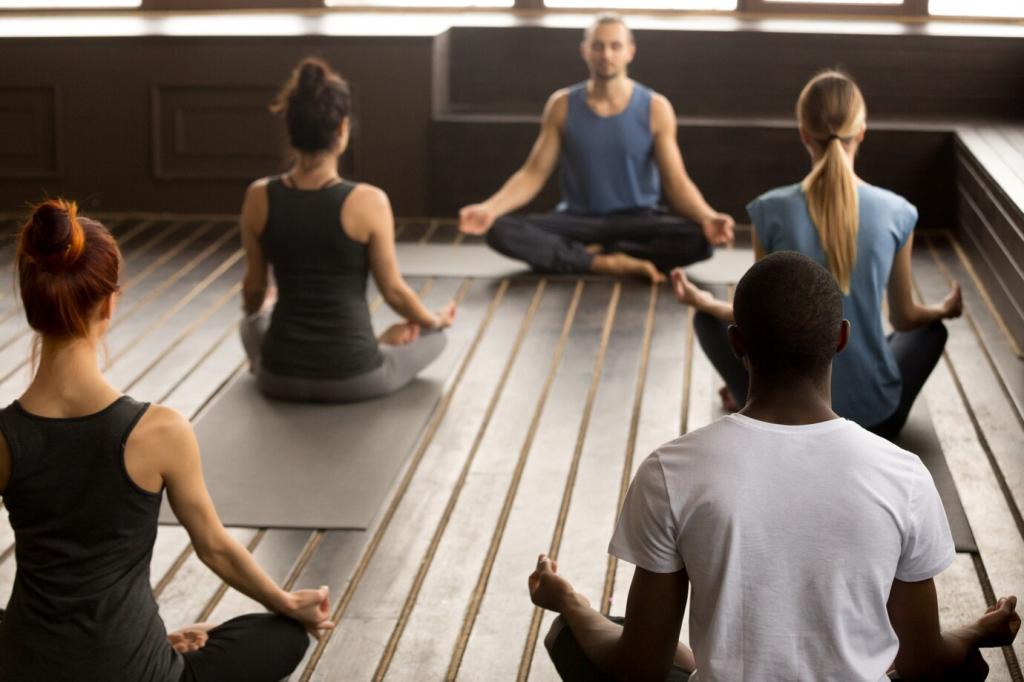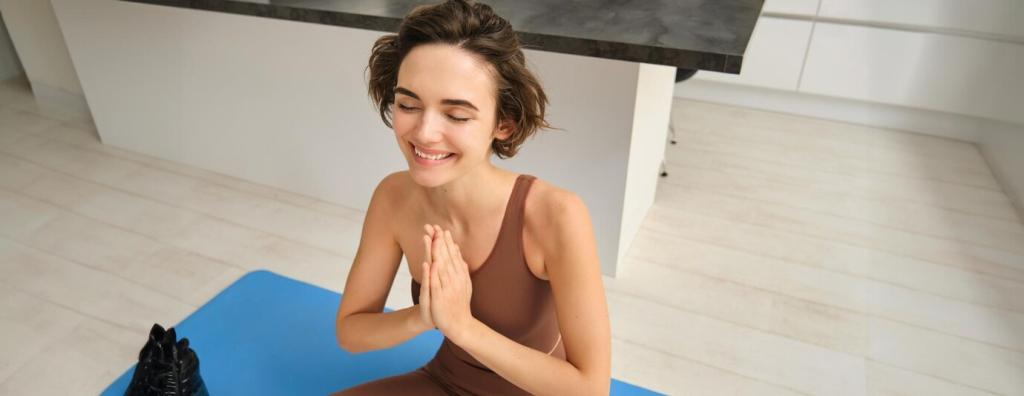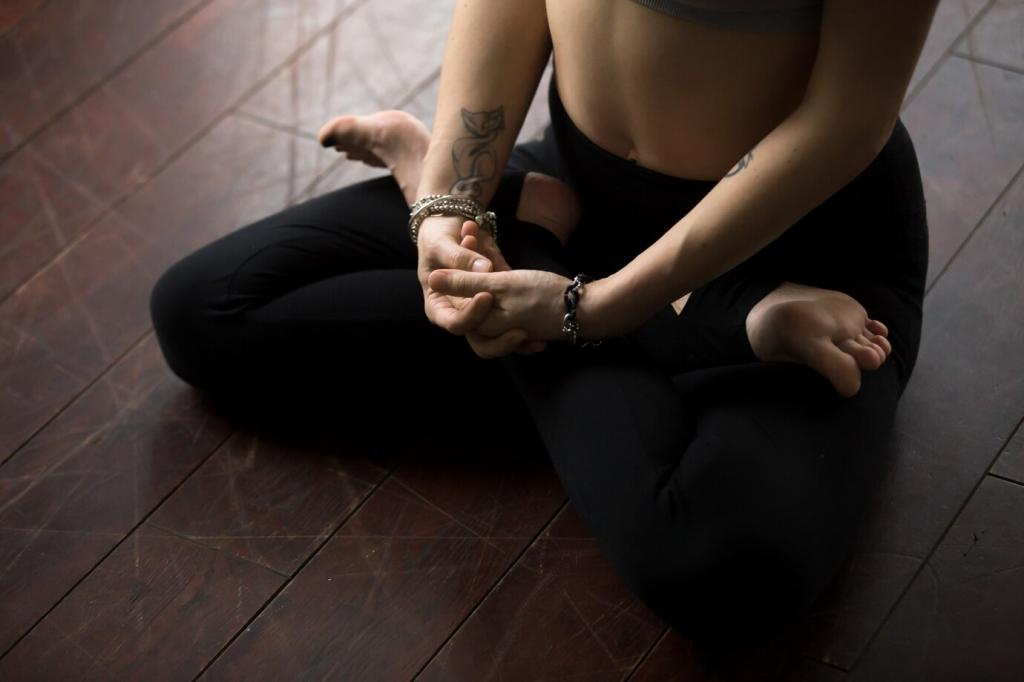Real Stories: Stress Softened, Step by Step
Between high-pressure rounds, Maya walked five quiet laps of the hospital courtyard, syncing breath to steps. Heart rate eased, shoulders lowered, and she returned clearer for patients. Share your demanding-work story and how walking meditation steadied you in hard, human moments.
Real Stories: Stress Softened, Step by Step
Tomas looped the library block, repeating inhale-four, exhale-four. Anxiety softened enough to review calmly. He noticed the rhythm traveled into his test, guiding focus. Tell us your pre-performance routine and how mindful steps changed the energy you carried into the room.
Real Stories: Stress Softened, Step by Step
Lena squeezed in six-minute hallway walks while caring for her father. Counting steps quieted worry spirals and preserved patience. She tracked tiny improvements—gentler voice, kinder boundaries. Comment with your caregiving context so others can learn compassionate, doable walking practices from your day.







